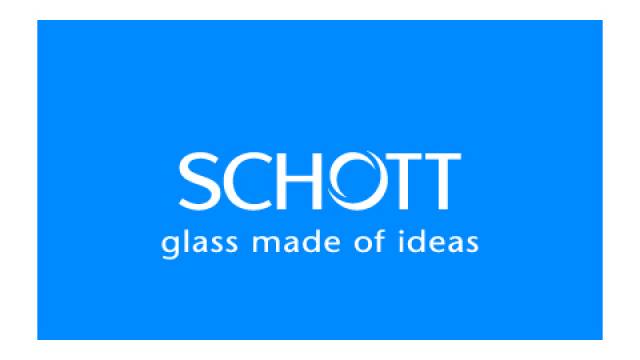
SwissNeutronics uses SCHOTT BOROFLOAT® glass in China's first Spallation Neutron Source
Commissioning has been completed at the China Spallation Neutron Source (CSNS), the country’s first pulsed spallation neutron source, and the fourth in the world. The facility, which has up to 600 metres of guide tubes in 20 beam lines, will provide scientists with a world-leading platform for studies in fields such as materials science and technology, life sciences, new energy and more.
The announcement of completion was made at the CSNS Technology Assessment and Acceptance Meeting, held at the Dongguan Branch of the Institute of High Energy Physics, Chinese Academy of Sciences (IHEP) in the Guangdong Province.
Swiss company SwissNeutronics supplied the research institute with important components made from the special float glass BOROFLOAT® by Schott. The deal is an important milestone for the company, giving them a 60 percent share of the neutron guides market. This is significant, as there are only around 20 research institutes in the world that can even be considered customers.
Building neutron guides requires extreme precision. The BOROFLOAT® supermirror coating only reflects neutrons at very low angles, so if a wall is slanted or not smooth enough the neutrons will penetrate the material, which must be avoided. SwissNeutronics coats the glass with up to 10,000 nano-thin layers. This is where BOROFLOAT® provides the best extremely flat surface.
“Not even individual atoms can project on the insides of neutron guides,” explained Dr Christian Schanzer. COO of SwissNeu...
The announcement of completion was made at the CSNS Technology Assessment and Acceptance Meeting, held at the Dongguan Branch of the Institute of High Energy Physics, Chinese Academy of Sciences (IHEP) in the Guangdong Province.
Swiss company SwissNeutronics supplied the research institute with important components made from the special float glass BOROFLOAT® by Schott. The deal is an important milestone for the company, giving them a 60 percent share of the neutron guides market. This is significant, as there are only around 20 research institutes in the world that can even be considered customers.
Building neutron guides requires extreme precision. The BOROFLOAT® supermirror coating only reflects neutrons at very low angles, so if a wall is slanted or not smooth enough the neutrons will penetrate the material, which must be avoided. SwissNeutronics coats the glass with up to 10,000 nano-thin layers. This is where BOROFLOAT® provides the best extremely flat surface.
“Not even individual atoms can project on the insides of neutron guides,” explained Dr Christian Schanzer. COO of SwissNeu...


 You are not logged in, please sign in to view contact
You are not logged in, please sign in to view contact Info release
Info release Promotion
Promotion Building shop
Building shop Online business
Online business